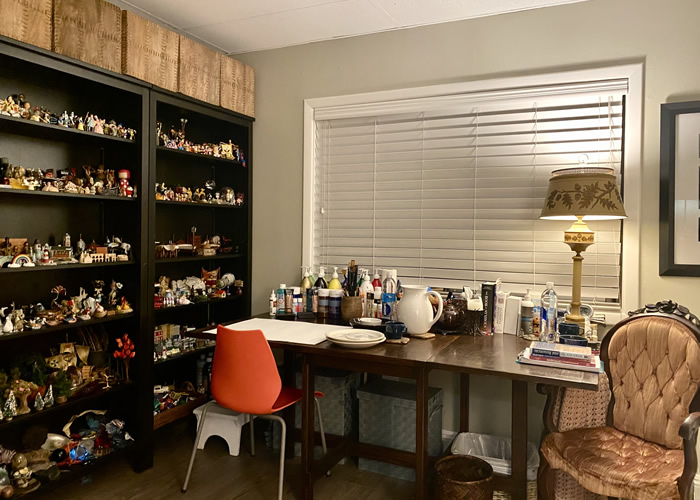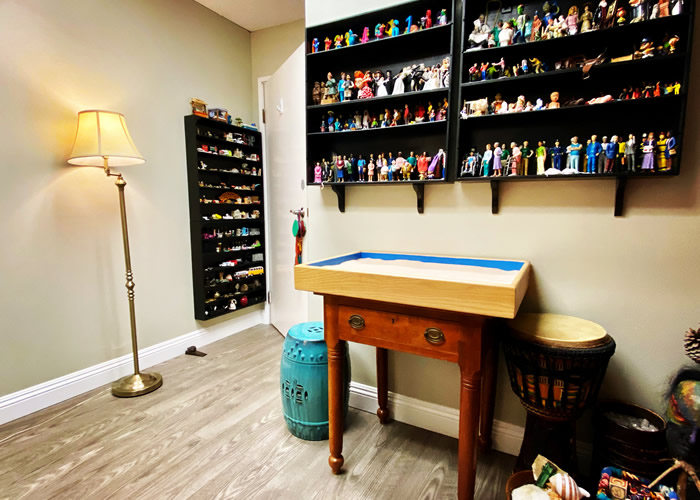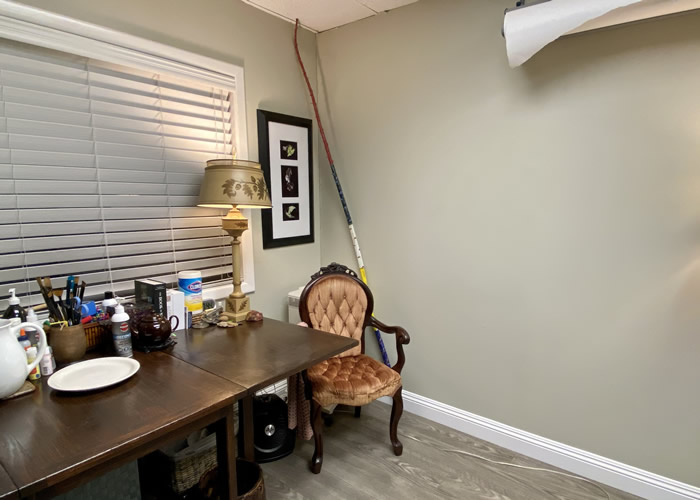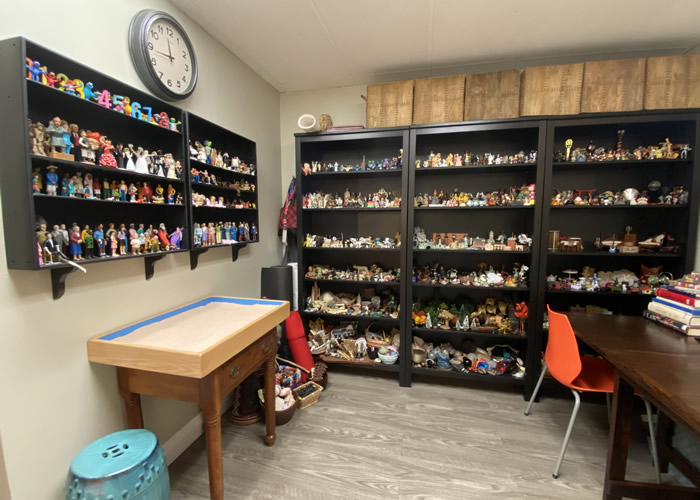
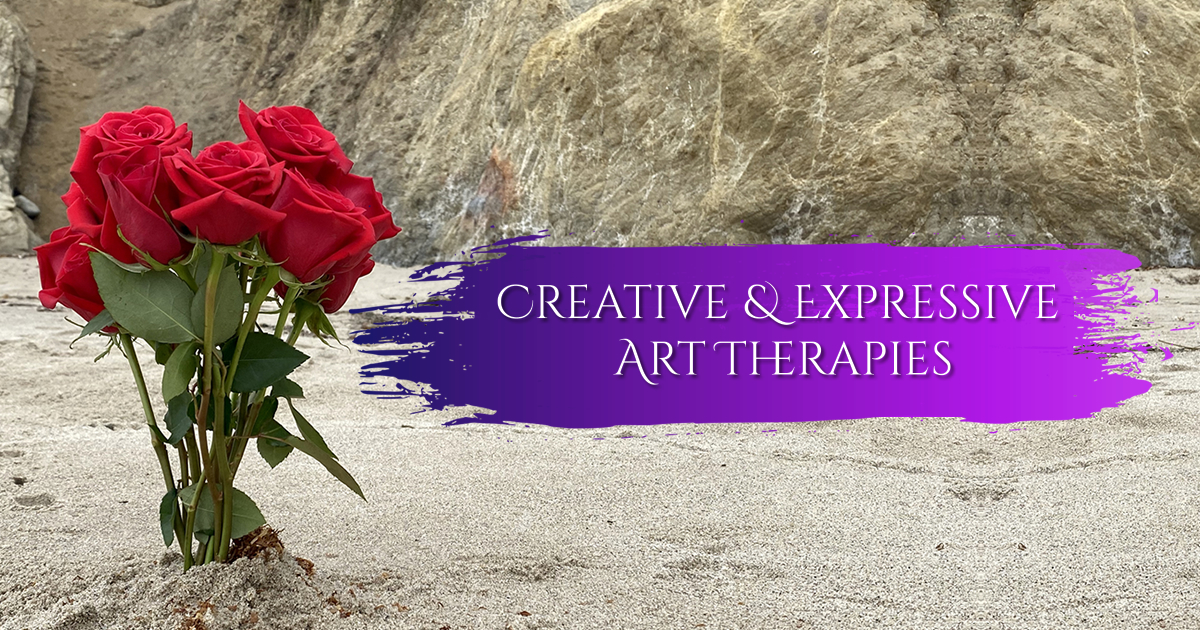

Just as athletes need to cross train their muscles, as humans we need to cross train our brains, senses, and psyches. Talk therapy works, and adding a creative element deepens and enhances the total experience of healing.
In each session, I seek processes that access one or more of the following: senses, emotions, thoughts, and perceptions for therapeutic interventions that work.
Although the field of mental health and addiction frowns upon therapists using words such as miracles and magic to define our practices, an early intervention with art after a trauma, reduces the individual’s chance of developing PTSD by 80 percent. By any standards, this is miraculous. My definition of miracle, “An extraordinary healing, sometimes spontaneous, that appears to be like magic, until we have the science to explain it.“ Fortunately, science is catching up to what I have known all along, art heals our brains, emotions, bodies and souls.
Ericha Scott, PhD (LPCC917)
Registered Art Therapist (ATR-BC)
Registered Expressive Arts Therapist (REAT)
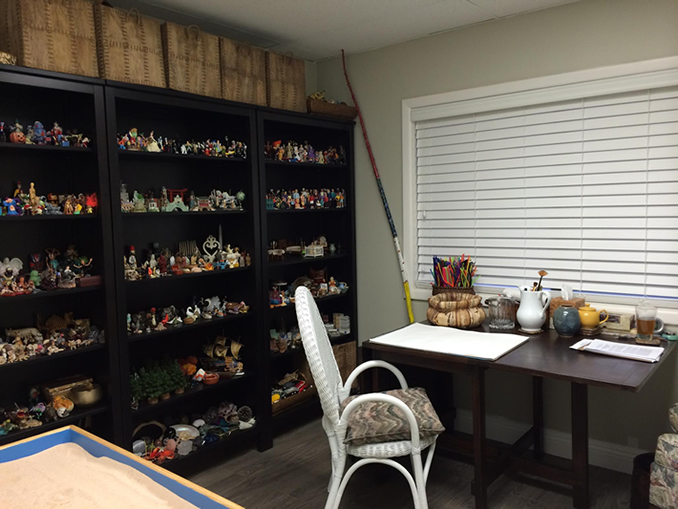
- Creative Arts Psychotherapy
- Expressive Arts Psychotherapy
- Trauma & Dissociative Disorders
- Addiction & Codependency Counseling
- Interfaith Spiritual Counseling
- Talk Psychotherapy
- Sand Play Therapy
- Concierge Art Therapy Retreats
- Home Health Experiential Workshops
- Professional Trainings & Consulting
- Keynote Speaker
Zoom & In Person Appointments Available
- Creative Arts Psychotherapy
- Expressive Arts Psychotherapy
- Trauma & Dissociative Disorders
- Addiction & Codependency Counseling
- Interfaith Spiritual Counseling
- Talk Psychotherapy
- Sand Play Therapy
- Concierge Art Therapy Retreats
- Home Health Experiential Workshops
- Professional Trainings & Consulting
- Keynote Speaker
Zoom & In Person Appointments Available
~Mary Barkalow, MD, Harvard Faculty

